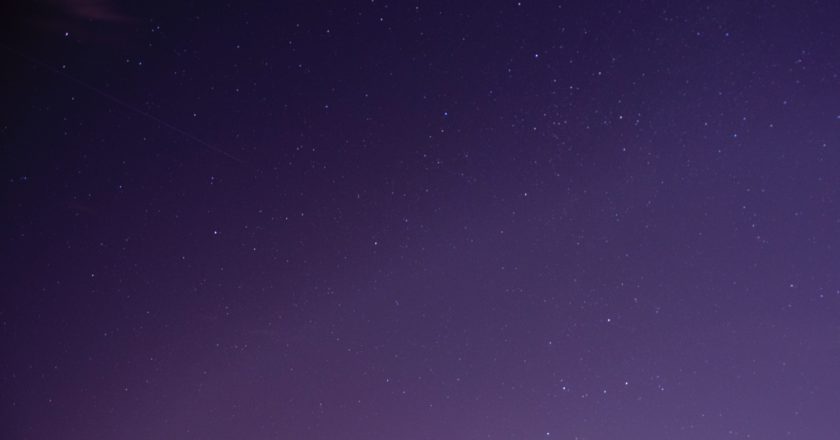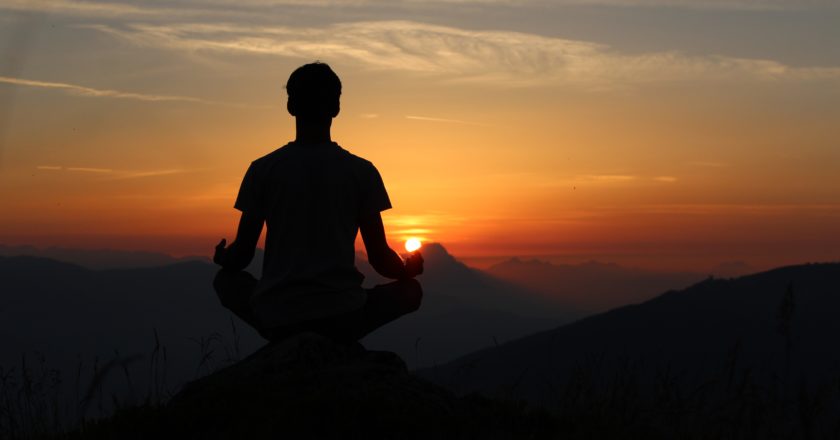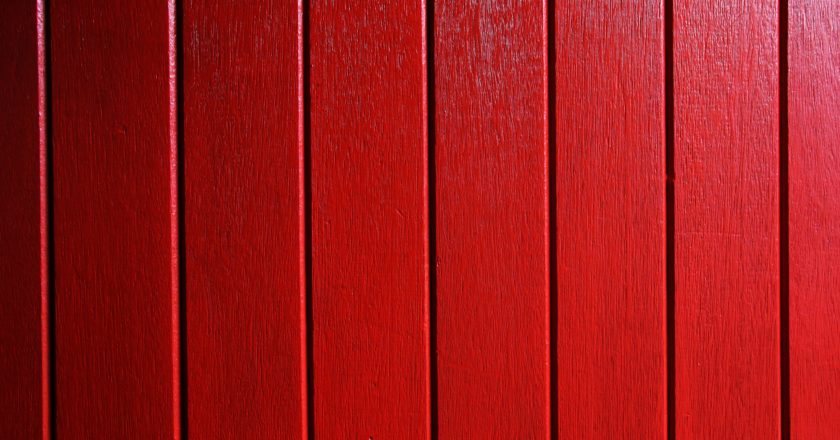In a mother’s womb, the spine is one of the first thing that is formed. Anatomically and physically our spine is the support we rely on every day. It supports us and, thanks to the spinal cord and the various nerves, allows our body to move and experience sensations transmitted to the brain. Being part of our Central Nervous System, the spine and its health define the quality of our lives.
Also on a spiritual level, the spine is the source of all our energy. It is no coincidence that it is where the major energy channels (in TCM), meridians and chakras lie in our body. If you roughly remember an article I recently wrote on Metamedicine, you immediately understand that every part of the body and its imbalances or diseases are associated with a possible mental block or negative belief. The spine is obviously no different and not only reflects this process, but also gives us a very interesting key to understand ourselves.
If you take a look at the images below, you can see how the spine is connected to each organ thanks to the nerves and in the second one, where all the 7 chakras are located on the spine levels and their functions and issues.
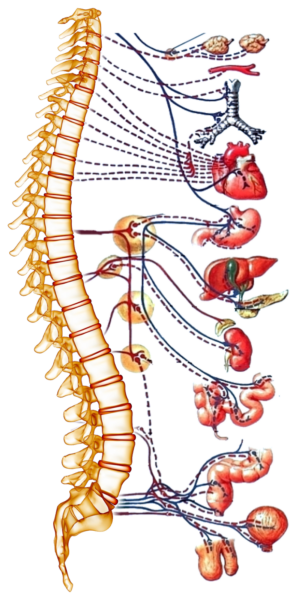
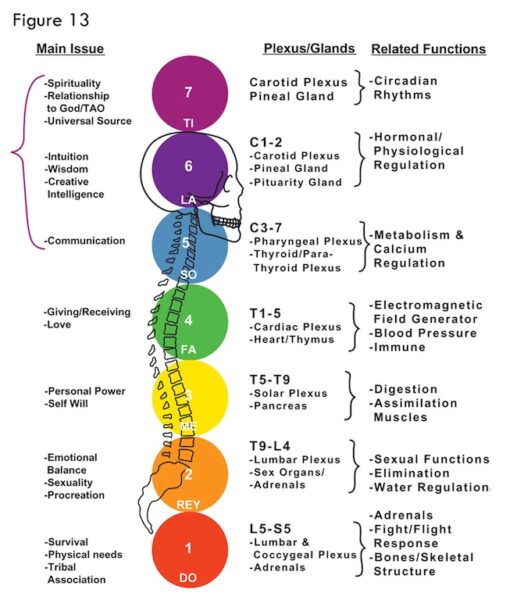
If you have a problem in a particular area of your spine or any of the related functions, for example digestion (other than speaking with your doctor obviously!), you can work on the associated chakra and keep a record of any improvements or not. If you want to get even deeper and more specific, I created a tab-map that specify the negative blockages of every single vertebra. You can find it here in English and Italian (where C stands for cervical/cervicale, T stands for thoracic/toracica and L stands for lumbar/lombare):
|
ENGLISH |
ITALIANO |
|
C1 – Overthinking |
C1 – Troppi pensieri e idee in confusione |
|
C2 – Deny yourself and your desires |
C2 – Negare se stessi e i propri desideri |
|
C3 – Be what you do and how you behave |
C3 – Essere quel che si fa |
|
C4 – Guilt and anger |
C4 – Senso di colpa e rabbia |
|
C5 – Speak out, express yourself |
C5 – Esprimersi in tutti i sensi, parlare |
|
C6 – Carry a weight |
C6 – Portare un peso |
|
C7 – Fear of not making it |
C7 – Paura di non farcela |
|
T1 – Fear of losing someone or something |
T1 – Paura di perdere qualcuno o qualcosa |
|
T2 – Feeling suffocated |
T2 – Sentirsi soffocare |
|
T3 – Injustice and unjustified phobias |
T3 – Ingiustizia e fobie ingiustificate |
|
T4 – Fear of love and/or being loved |
T4 – Paura di amare e/o essere amati |
|
T5 – Fear of failing |
T5 – Paura di fallire |
|
T6 – Jealousy and/or envy |
T6 – Gelosia e/o invidia |
|
T7 – Conflicts, feeling trapped |
T7 – Conflitti, sentirsi in trappola |
|
T8 – Obsessions, not letting go |
T8 – Ossessioni, non lasciare andare |
|
T9 – Fear of abandonment |
T9 – Paura dell’abbandono |
|
T10 – Fear of losing control |
T10 – Paura di perdere il controllo |
|
T11 – Not value yourself and your external image |
T11 – Non valorizzare se stessi a la propria immagine esteriore |
|
T12 – Fear of not being perfect |
T12 – Paura di non essere perfetti |
|
L1 – Insecurities, fears related to money |
L1 – Insicurezze, paure correlate al denaro |
|
L2 – Humiliation and shame |
L2 – Umiliazione e vergogna |
|
L3 – Feeling betrayed |
L3 – Sentirsi traditi |
|
L4 – Rejection of sexuality |
L4 – Rifiuto della sessualità |
|
L5 – Feeling vulnerable |
L5 – Sentirsi vulnerabili |
|
Sacrum – Be too influenced by others |
Sacro – Lasciarsi influenzare troppo dagli altri |
|
Coccyx – Stubborness |
Coccige – Intestardirsi sulle proprie convinzioni |
Other than working on the chakra linked with the area of interest, you can also book a session of “Spiritual Spine Straightening“, which I am going to talk about in a future article.



